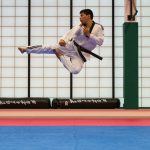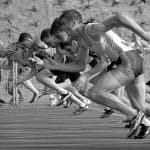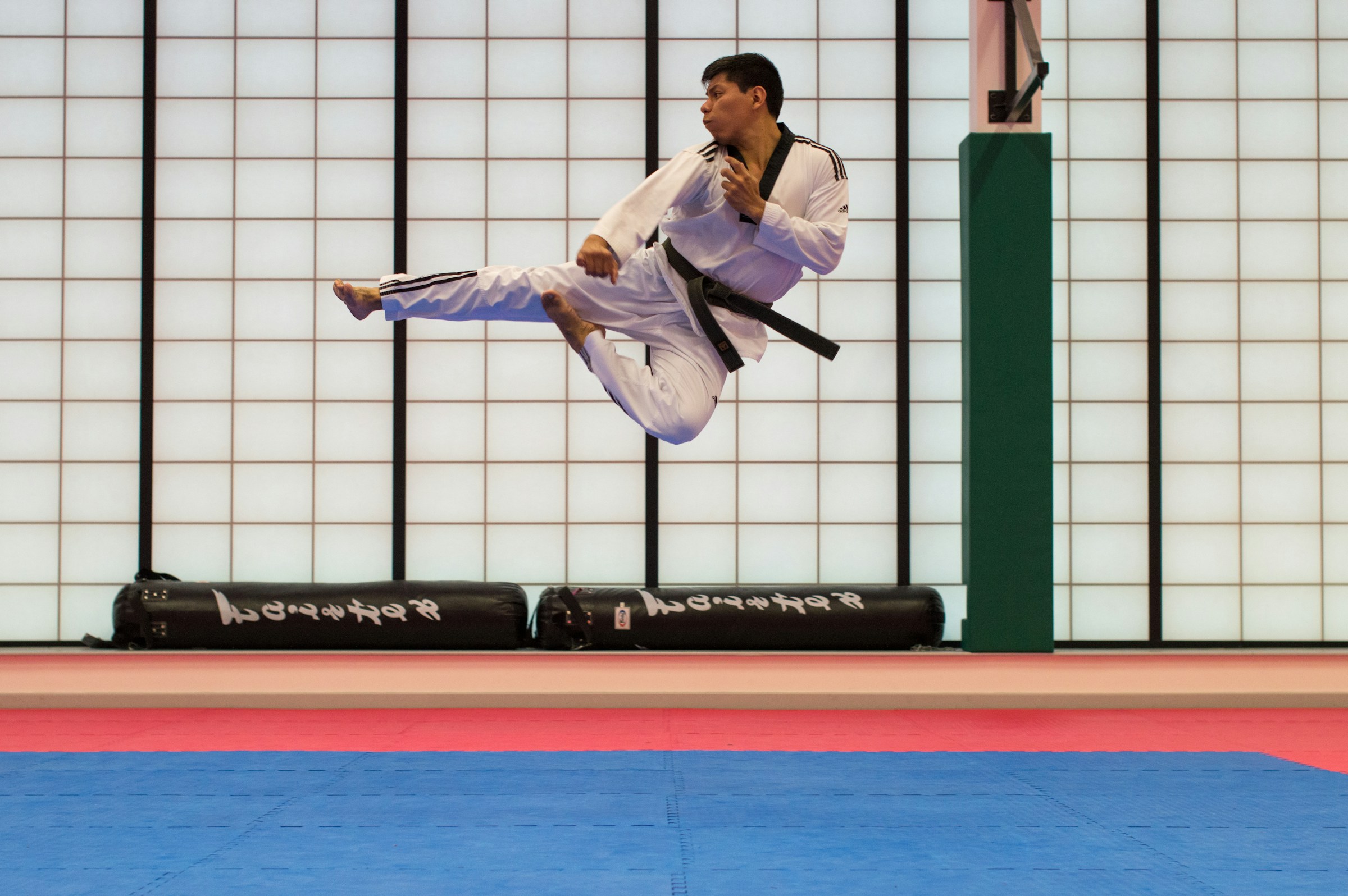Mixed Martial Arts (MMA) is a high-intensity sport that demands a high level of training and physical discipline from its athletes. As such, the body’s ability to recover post-training sessions is critical to an MMA fighter’s overall performance. The recovery period is when the body repairs damaged muscles and tissues, refuels energy stores, and prepares for the next bout of physical exertity. Therefore, it’s imperative for fighters to structure their recovery periods strategically to maximize muscle repair and ensure optimal performance. This article unpacks how MMA fighters can do just that.
Understanding the Importance of Recovery in MMA
The physical demands of MMA training and competition can leave the athlete’s body in a state of fatigue, with muscle tissues damaged and energy stores depleted. This state of exhaustion, if not properly addressed, could lead to injuries, poor performance, and a decline in overall fitness levels. Therefore, it is crucial to understand the importance of recovery in MMA.
En parallèle : What is 200-hour yoga teacher training?
When you work out or engage in intense physical activities like MMA training, the body undergoes a process of wear and tear. This process involves cellular damage to muscle tissues, depletion of energy stores, and the production of waste products such as lactic acid. Recovery, therefore, is the body’s way of reversing these effects. It is during this period that the body repairs the damaged muscles, replenishes the depleted energy stores, and clears out the waste products.
The key to maximizing muscle repair during the recovery period is to give the body what it needs when it needs it. This process involves proper nutrition, adequate rest, and effective recovery techniques, all of which we will explore in the following sections.
Avez-vous vu cela : Elevate your skills: ski lessons in the stunning alps
Nutrition for Optimal Recovery
Nutrition plays a pivotal role in muscle repair and recovery. Adequate intake of protein, carbohydrates, and fluids is essential for repairing the damaged muscle tissues and replenishing the body’s energy stores.
Protein, for instance, is essential for muscle repair. When consumed post-training, it provides the body with the amino acids needed to rebuild the damaged muscles. Carbohydrates, on the other hand, replenish the body’s energy stores, while fluids help to rehydrate the body and flush out waste products.
Therefore, MMA fighters should aim to consume a balanced meal post-training. This meal should consist of protein to facilitate muscle repair, carbohydrates to replenish energy stores, and plenty of fluids to rehydrate and flush out toxins.
Rest and Sleep for Muscle Repair
Rest is another fundamental component of recovery. During rest, the body enters a state of anabolism – a physiological state in which the body repairs and rebuilds tissues. Sleep, in particular, plays a significant role in muscle repair and recovery.
During sleep, the body produces growth hormone, a key player in muscle repair. It stimulates the growth and repair of tissues, making sleep a critical part of the recovery process for MMA fighters. Therefore, getting an adequate amount of sleep each night is vital for muscle repair and overall recovery.
Recovery Techniques for MMA Athletes
There are several recovery techniques that MMA fighters can employ to stimulate muscle repair and enhance recovery. These techniques, which include foam rolling, massage, and cold water immersion, aid in reducing muscle soreness, improving circulation, and promoting muscle repair.
Foam rolling, for instance, is a self-myofascial release technique that aids in relieving muscle tightness and improving range of motion. Massage, on the other hand, improves circulation, reduces muscle tension, and promotes relaxation. Cold water immersion, also known as cold water therapy, aids in reducing inflammation and enhancing recovery.
By incorporating these recovery techniques into their routine, MMA fighters can enhance muscle repair, reduce the risk of injury, and improve their overall performance.
Preventing Injury and Enhancing Performance in MMA
Preventing injury is a crucial part of the recovery process. Injuries not only disrupt the training routine but also compromise an athlete’s performance. Therefore, MMA fighters should prioritize injury prevention in their recovery plan.
One way to prevent injuries is through cross-training. By engaging in different types of training, fighters can strengthen their muscles, increase flexibility, and enhance overall physical fitness. This, in turn, helps in preventing injuries and improving performance.
Another way to prevent injuries is through proper warm-up and cool-down routines. Warm-ups prepare the body for the intense physical exertity of training, while cool-downs help to gradually bring the body back to its resting state, reducing the risk of injury and facilitating recovery. Proper warm-ups and cool-downs should be a non-negotiable part of every MMA fighter’s training routine.
In summary, recovery is an integral part of an MMA fighter’s training routine. By structuring their recovery periods strategically, fighters can maximize muscle repair, prevent injuries, and enhance their performance. This involves proper nutrition, adequate rest, effective recovery techniques, and injury prevention strategies.
Strength Conditioning and Resistance Training for Recovery
Strength conditioning and resistance training are crucial for the recovery of MMA fighters. They aid in the stimulation of muscle growth, the enhancement of muscular strength, and the improvement of overall physical fitness.
Strength conditioning involves exercises that improve the body’s strength, endurance, and overall fitness. These exercises are key to the recovery process as they help to rebuild and strengthen the damaged muscle tissues. Resistance training, on the other hand, involves exercises that force the muscles to work against a weight or force. It is also critical to recovery, as it stimulates muscle growth and enhances muscular strength.
Recent research on Google Scholar and Sports Med has shown that incorporating strength conditioning and resistance training into the recovery routine can help to prevent muscle loss, a common issue faced by athletes during recovery. A systematic review of studies on MMA fighters and other combat athletes has found that these types of training can help to minimize muscle loss and promote muscle mass during the recovery period.
Therefore, it’s clear that strength conditioning and resistance training should be integral parts of an MMA fighter’s recovery regimen. Incorporating these types of training into their routine can not only enhance muscle repair but also improve their overall performance.
The Role of Physical Education in Recovery
Physical education plays a significant role in the recovery of MMA athletes. It equips them with the knowledge and skills they need to structure their recovery periods effectively.
In the context of MMA, physical education involves learning about the body’s physiology, the effects of high-intensity training on the body, and the strategies for effective recovery. It also involves learning about the importance of nutrition, rest, and recovery techniques in muscle repair and overall recovery.
A thorough understanding of these issues is essential for MMA fighters to structure their recovery periods effectively. With this knowledge, they can make informed decisions about their nutrition, rest, and recovery techniques, thereby maximizing muscle repair and enhancing their performance.
Moreover, physical education can help MMA fighters to manage weight loss effectively during the recovery period. It can provide them with the strategies they need to maintain a healthy weight while ensuring optimal muscle repair and recovery.
Therefore, physical education should be a priority for all MMA fighters. By investing in their education, they can equip themselves with the knowledge and skills they need to maximize muscle repair, prevent injuries, and enhance their performance.
Conclusion
The recovery period is a crucial phase in an MMA fighter’s training routine. It’s when the body repairs the damaged muscles, replenishes the energy stores, and prepares for the next bout of high-intensity training. Therefore, structuring the recovery periods strategically is vital for MMA fighters to maximize muscle repair, prevent injuries, and enhance their performance.
Key to this process is proper nutrition, adequate rest, effective recovery techniques, strength conditioning, and resistance training, all of which have been shown to enhance muscle repair and recovery. Additionally, investing in physical education can equip MMA fighters with the knowledge and skills they need to structure their recovery periods effectively.
In conclusion, the demands of mixed martial arts are high, but with the right recovery strategies, fighters can ensure their bodies are up to the challenge. By prioritizing their recovery, MMA warriors can continuously build upon their strength, endurance and skill, staying at the top of their game.










